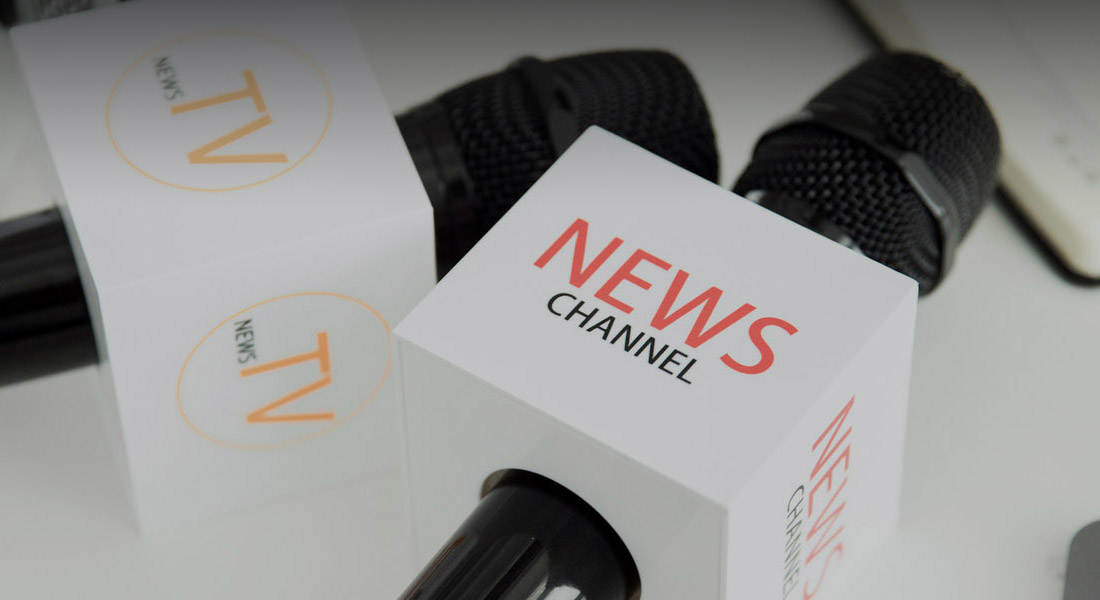The external gear slewing bearing is designed for durability, but its longevity is inextricably linked to a consistent and effective maintenance regimen. The external gear design offers a significant advantage: easy accessibility for inspection and service.
This guide outlines a proactive maintenance strategy to keep your external gear slewing bearing operating smoothly and reliably for its entire design life.
The Pillars of Proactive Maintenance
1. Regular Inspection Schedule
Establish a routine inspection schedule based on operating hours. Key inspection points include:
-
Gear Teeth: Look for signs of wear, pitting, scoring, or plastic deformation. Pay special attention to the root and flank of the teeth.
-
Pinion Teeth: Since the pinion is smaller and rotates faster, it often wears out first. Check for similar issues.
-
Seals: Inspect the integrity of the seals on the bearing itself. Look for cracks, tears, or signs of extrusion.
-
Lubricant Condition: Check for grease leakage around seals and the gear. Purge a small amount of grease from a fitting to check for contamination (metal particles, water).
-
Bolts: Periodically check a sample of mounting bolts for proper torque.
2. Lubrication: The Lifeblood of the System
Lubrication is the single most important maintenance activity.
-
Bearing Raceway: Use a high-quality, extreme-pressure (EP) lithium-complex grease. Re-lubricate at intervals specified by the manufacturer, purging old grease until clean grease emerges from the seal lips.
-
Gear Teeth: Use a dedicated, high-tack open gear lubricant. This adhesive grease is designed to stick to the gear teeth and not be flung off during operation. Apply it regularly based on environmental conditions (e.g., every 40-100 operating hours).
Diagnosing Common Problems
Early detection is key to preventing major failures.
-
Problem: Increased noise during operation (grinding, knocking).
-
Likely Cause: Lack of lubrication, contamination, or excessive gear backlash.
-
-
Problem: Visible wear patterns on gear teeth (e.g., a "wavy" pattern).
-
Likely Cause: Misalignment between the pinion and the gear.
-
-
Problem: Material pitting or spalling on gear flanks.
-
Likely Cause: Fatigue due to overloading or incorrect lubrication.
-
-
Problem: Grey or reddish dust around the gear (instead of grease).
-
Likely Cause: Active wear is occurring. This is a strong warning sign.
-
The Repair or Replace Decision
-
Pinion Replacement: The pinion is a consumable item. It is standard practice to replace the pinion when significant wear is detected. Always replace it if replacing the slewing bearing gear.
-
Bearing Repair: For large, expensive bearings, specialized workshops can repair damaged gear teeth by welding and re-machining. This is a complex process but can be cost-effective.
-
Bearing Replacement: If the bearing raceways are damaged or the gear teeth are damaged beyond repair, full replacement is the only option.
Conclusion: A Stitch in Time
The accessibility of the external gear slewing bearing makes maintenance straightforward. A disciplined approach centered on regular inspection and proper lubrication will dramatically extend the component's life, prevent unplanned downtime, and protect your operation from the high costs of emergency repairs and replacements.

